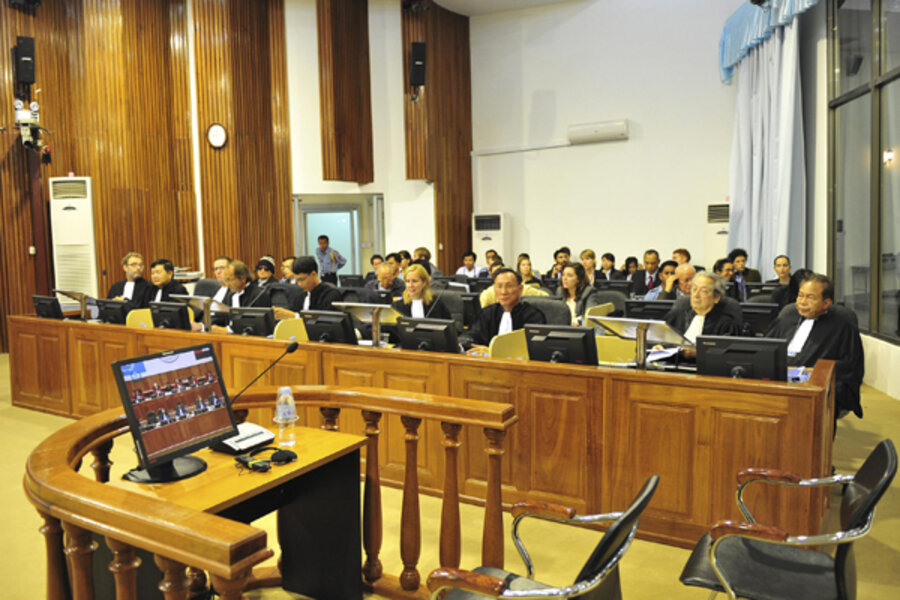The Khmer Rouge tribunal was established in the 1990s as a way to set the historical record straight and bring a measure of justice and accountability for survivors of the genocide.
Cambodia's prime minister, Hun Sen, a former Khmer Rouge soldier who isn't accused of any war crimes, was reluctant to allow an international tribunal. He has repeatedly warned that a wide-ranging inquiry could imperil the country's political stability.
As a compromise, the United Nations agreed to a jointly run tribunal known officially as the Extraordinary Chambers in the Courts of Cambodia (ECCC). The bench consists of Cambodian and international judges and prosecutors. It's unusual for a UN genocide tribunal to be held in the country where the genocide occurred.





